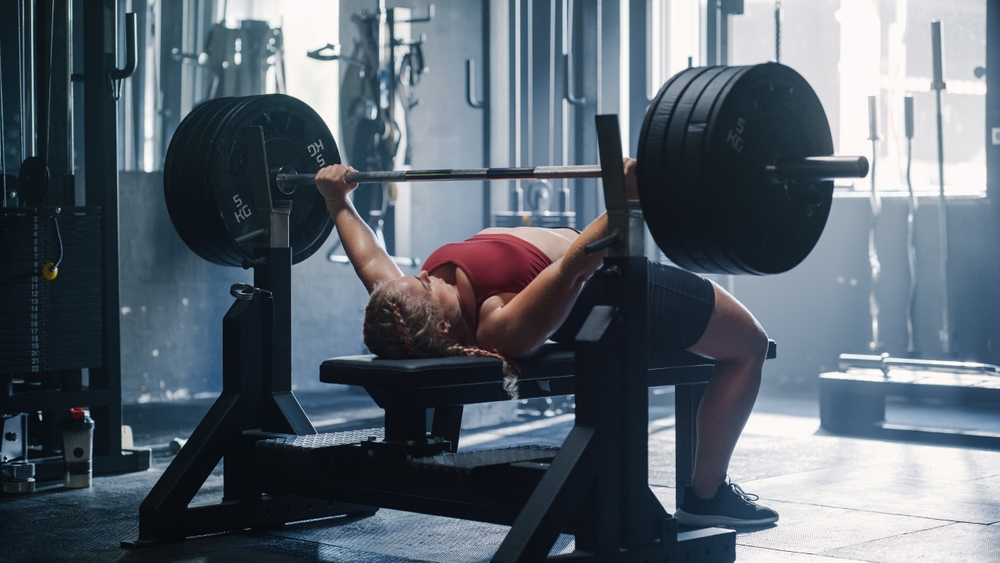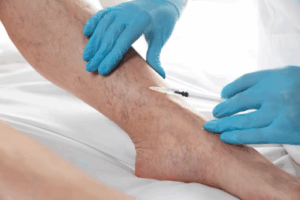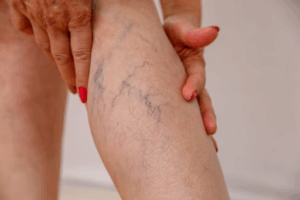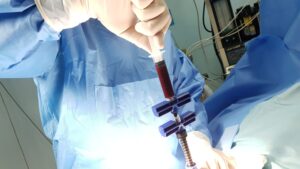“Lifter’s Elbow” is a common term for medial or lateral epicondylitis, conditions that affect many athletes and weightlifters. These conditions involve inflammation of the tendons that attach to the elbow joint, usually due to overuse or improper technique during strength training. This guide covers how to prevent lifter’s elbow and the most effective treatment methods to help you recover and return to your workouts pain-free.
Understanding Lifter’s Elbow
Lifter’s elbow typically presents as pain and tenderness on either side of the elbow. There are two main types:
- Medial Epicondylitis (Golfer’s Elbow): Pain is felt on the inside of the elbow and affects the tendons that control wrist and finger movements.
- Lateral Epicondylitis (Tennis Elbow): Pain is experienced on the outside of the elbow and usually affects those who engage in repetitive arm movements like lifting weights or playing tennis.
Both conditions are caused by overloading the tendons with repetitive stress, leading to microtears, inflammation, and pain.
Prevention
Warm-Up Properly
Before any workout, it’s essential to warm up the muscles and joints to increase blood flow and prepare the tendons for activity. Focus on dynamic stretches that target the forearms, wrists, and shoulders. Gentle wrist flexor and extensor stretches are also helpful.
Focus on Technique
Poor lifting form is a significant contributor to lifter’s elbow. Pay close attention to wrist and elbow alignment during exercises. Keep your wrists neutral during lifts and avoid locking your elbows, especially during pressing movements.
Gradual Progression in Weight
Avoid the temptation to increase weights too quickly. Gradually increasing resistance allows the tendons and muscles to adapt and strengthen without risking injury. Overloading too fast can strain the tendons and cause lifter’s elbow.
Use Supportive Gear
Wrist wraps or elbow sleeves can offer additional support to the joints, reducing strain. These accessories provide stability and help to manage the stress on your tendons during heavy lifting.
Strengthen Your Grip and Forearms
Weak grip strength and underdeveloped forearm muscles can contribute to lifter’s elbow. Incorporating grip-strengthening exercises such as farmer’s walks, wrist curls, and reverse curls can help build endurance and prevent injury.
Treatment
If you’re already experiencing symptoms of lifter’s elbow, several treatment methods can speed up recovery and alleviate pain.
Standard Approach
Rest and Avoid Overuse
The first step in treating lifter’s elbow is to reduce activity that causes pain. Taking a break from weightlifting or modifying exercises to avoid strain on the elbow allows the tendons to heal.
Ice Therapy
Applying ice to the affected area helps reduce inflammation and alleviate pain. Ice for 15-20 minutes several times a day, especially after activities that aggravate the elbow.
Anti-inflammatory Medication
Nonsteroidal anti-inflammatory drugs (NSAIDs) like ibuprofen can reduce pain and inflammation, providing relief during the recovery period.
Physical Therapy
A physical therapist can guide you through exercises designed to stretch and strengthen the muscles around the elbow. These exercises gradually rebuild tendon strength and improve flexibility, promoting healing.
Other Non-Pharmacological Approaches
Eccentric Exercises
Eccentric exercises, where the muscle lengthens under tension, have been shown to be effective in treating tendon injuries. Slowly lowering weights during wrist extension exercises can strengthen the tendon fibers and promote recovery.
Dry Needling and Acupuncture
These techniques involve inserting needles into trigger points to stimulate healing, reduce muscle tightness, and alleviate pain. Some athletes find relief with these methods when combined with other therapies.
Shockwave Therapy
Extracorporeal shockwave therapy (ESWT) is a non-invasive treatment that uses sound waves to stimulate blood flow and promote tendon healing. It’s a newer approach for treating chronic tendon injuries like lifter’s elbow.
Elbow Bracing
Wearing a counterforce brace can help reduce the stress on the tendons during activity. These braces compress the forearm, decreasing the load on the tendons and providing relief during the healing process.
Conclusion
Lifter’s elbow can be frustrating, but with the right preventive measures and treatment, it doesn’t have to derail your progress. Focusing on proper technique, warming up, and gradually increasing weights can help you avoid injury. If you do experience symptoms, early intervention by seeking medical attention is crucial. By following these tips, you can say goodbye to lifter’s elbow and get back to your workouts stronger than ever.







